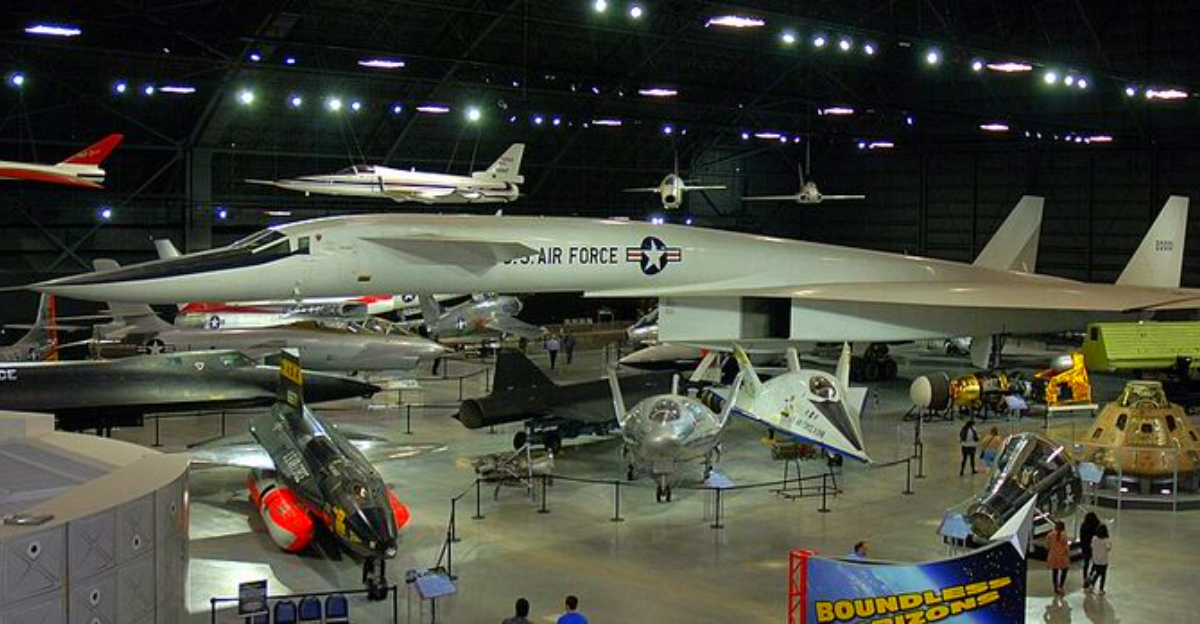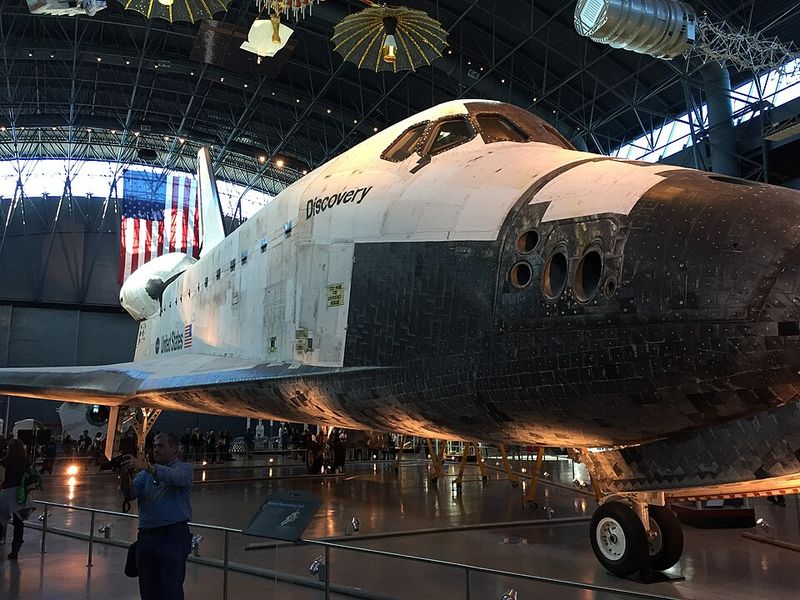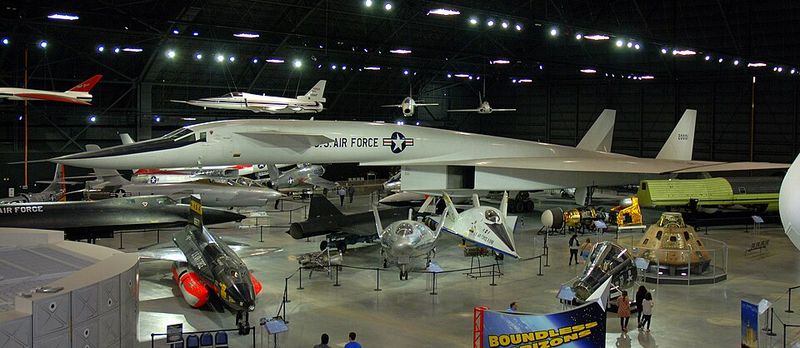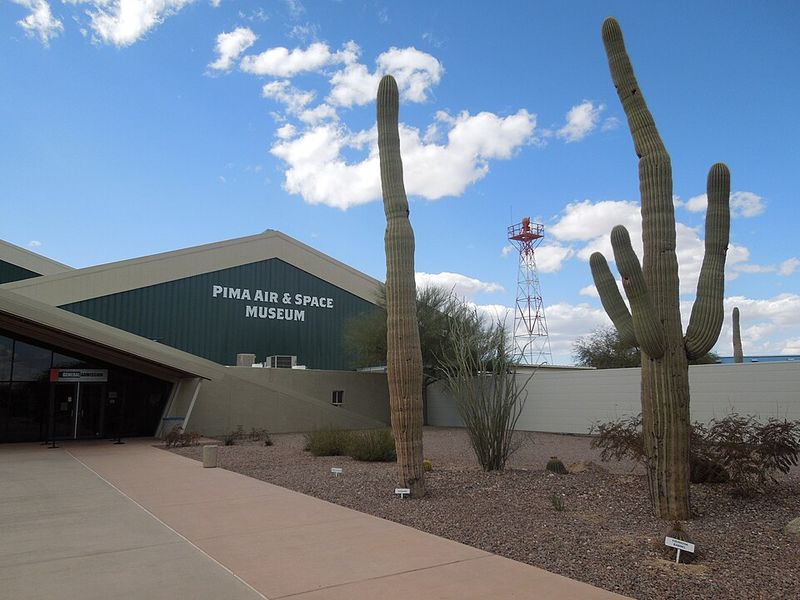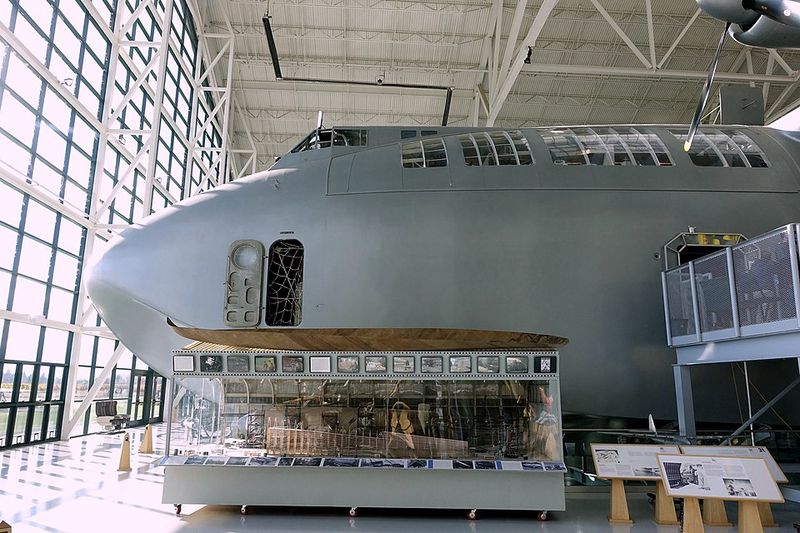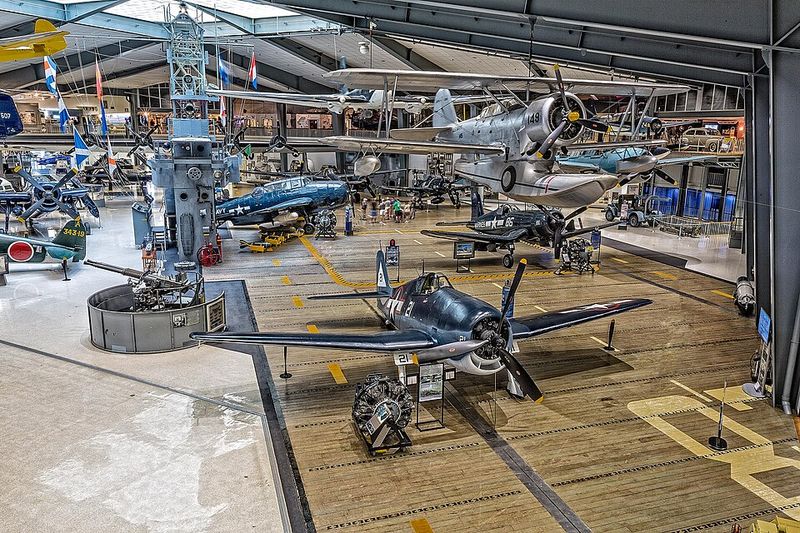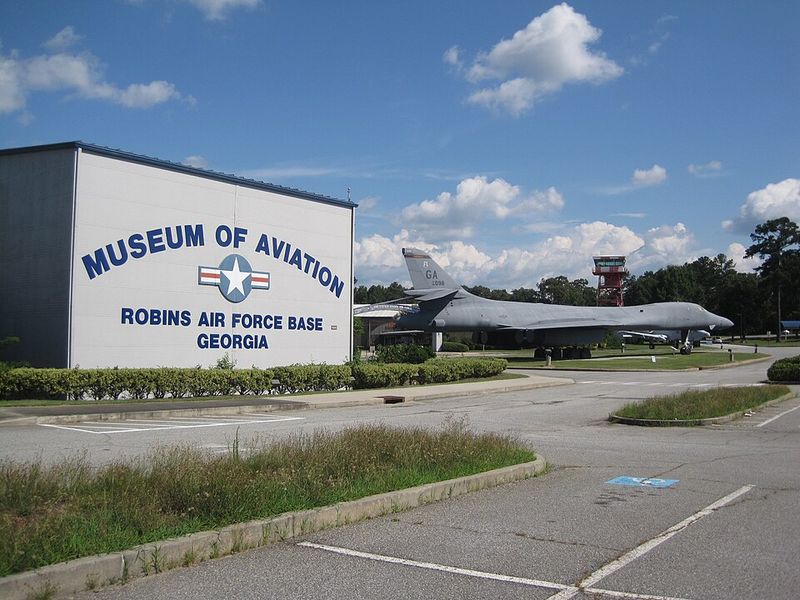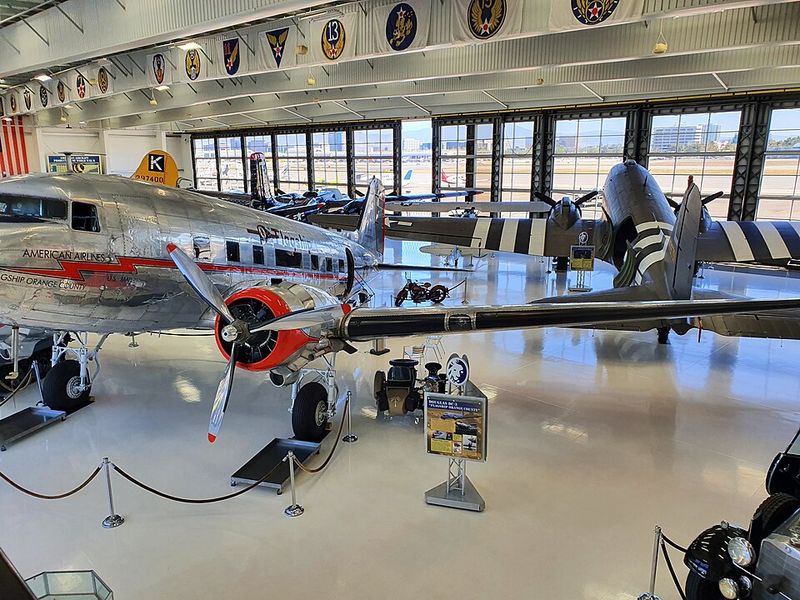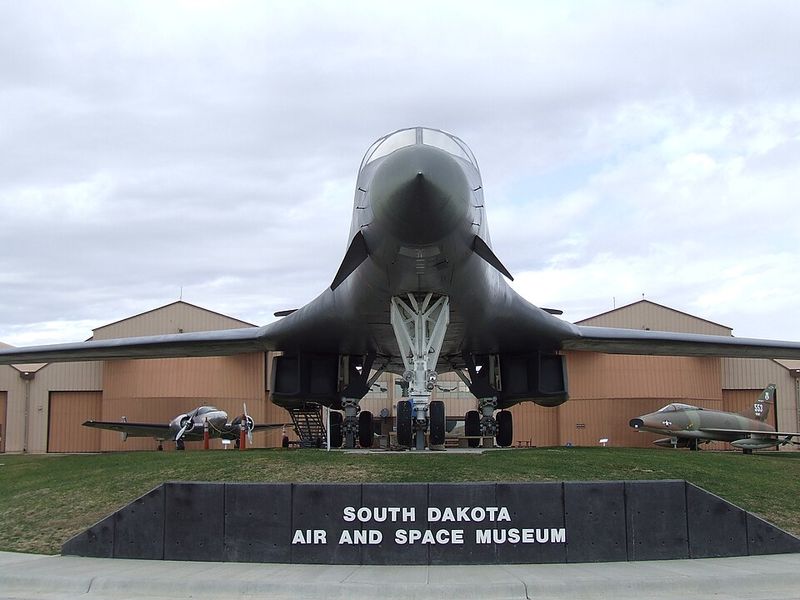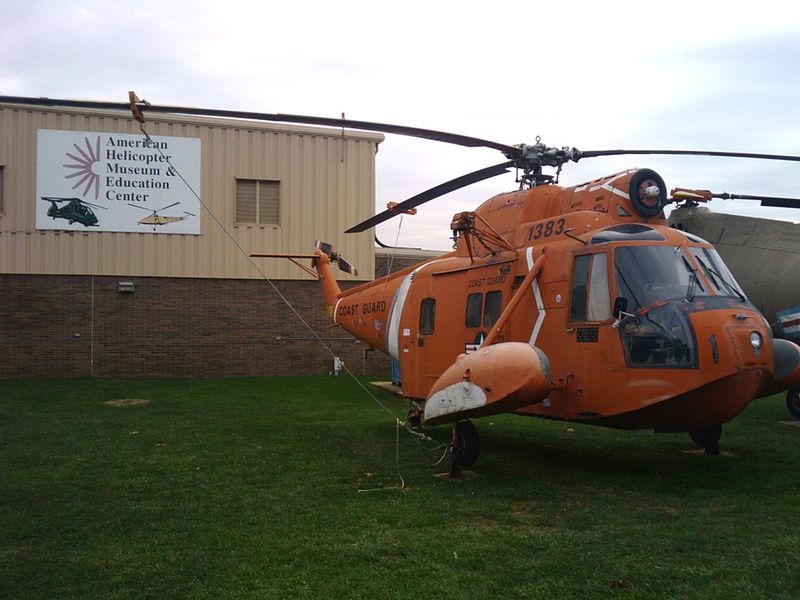Flying through the clouds has always captured our imaginations, and aviation museums bring that dream closer to reality. Across America, you’ll find incredible collections of historic aircraft, from warplanes to space shuttles, each with fascinating stories to tell. These museums preserve our aerospace heritage while offering hands-on experiences that make history come alive. Whether you’re an airplane enthusiast or just curious about flight, these destinations promise unforgettable adventures.
1. Smithsonian National Air and Space Museum + Udvar-Hazy Center (Washington, D.C. / Chantilly, Virginia)
Standing before the Spirit of St. Louis, you can almost feel Charles Lindbergh’s courage crossing the Atlantic alone. The National Air and Space Museum on the National Mall recently reopened with stunning new galleries after a nearly $1 billion renovation. Walking through the Milestones of Flight Hall, you’ll encounter moon rocks you can actually touch and original spacecraft that traveled beyond Earth.
The Udvar-Hazy Center near Dulles Airport houses massive aircraft that couldn’t fit downtown. Space shuttle Discovery hangs majestically overhead, while the Enola Gay and a sleek Concorde fill the enormous hangar. Because of ongoing improvements, you’ll need timed-entry passes, so booking ahead saves disappointment and ensures your spot.
2. National Museum of the U.S. Air Force (Dayton, Ohio)
Imagine walking through 19 acres of indoor exhibits filled with over 360 aircraft and missiles—that’s exactly what awaits at the world’s largest military aviation museum. Wright Brothers country seems fitting for this incredible collection that spans aviation history from fragile biplanes to supersonic jets.
The Presidential Gallery holds genuine emotional weight when you stand beside the Air Force One that carried President Kennedy’s remains from Dallas. Rare beauties like the massive XB-70 Valkyrie and the enormous B-36 bomber showcase engineering that pushed boundaries. Flight simulators and a 3D theater add interactive excitement, letting visitors experience what pilots felt in these legendary machines.
3. Pima Air & Space Museum (Tucson, Arizona)
Nearly 400 aircraft spread across sun-drenched desert grounds make this one of America’s largest non-government aviation collections. The Arizona climate perfectly preserves these metal birds, allowing open-air displays where you can circle around each plane and appreciate every angle.
An SR-71 Blackbird gleams in the sunshine, its sleek titanium skin still looking futuristic decades after retirement. Massive B-52 Stratofortresses tower overhead, while WWII veterans rest nearby, their propellers silent but proud. Restoration hangars with viewing windows let you watch craftsmen bringing damaged aircraft back to glory, showing the painstaking work that keeps aviation history alive for future generations.
4. Evergreen Aviation & Space Museum (McMinnville, Oregon)
The Hughes H-4 Hercules dominates the main hall like a wooden whale suspended in time. Known affectionately as the Spruce Goose, this massive seaplane only flew once, but its engineering ambition still amazes everyone who walks beneath its enormous wings. Howard Hughes built it during WWII using wood instead of scarce metal, creating the largest flying boat ever constructed.
Beyond this showstopper, more than 150 aircraft and spacecraft fill multiple pavilions connecting aviation’s past to its future. Modern jets, experimental drones, and actual spacecraft share space with vintage warbirds. A large-screen digital theater adds cinematic storytelling to your visit.
5. National Naval Aviation Museum (Pensacola, Florida)
Blue Angels jets frozen mid-dive through a seven-story glass atrium create an entrance you won’t soon forget. As the world’s largest Naval Aviation museum, this Pensacola facility celebrates the brave pilots who launched from pitching carrier decks into combat and exploration.
A replica USS Cabot flight deck lets you imagine the controlled chaos of WWII carrier operations, surrounded by authentic Corsairs and Hellcats that once defended Pacific fleets. Inside and outside exhibits blend seamlessly, offering different perspectives on naval aviation’s evolution. Flight simulators give you joystick control, while free guided tours from knowledgeable docents add personal stories and technical details that bring static displays to vibrant life.
6. Museum of Aviation (Warner Robins, Georgia)
Free admission opens the doors to America’s second-largest Air Force museum, making aviation history accessible to everyone regardless of budget. Four exhibit buildings sprawl across 51 acres near Robins Air Force Base, housing more than 85 historic aircraft that chronicle military aviation east of the Mississippi.
From early biplanes to Cold War jets, the progression of flight technology unfolds before your eyes in climate-controlled comfort. The Georgia Aviation Hall of Fame adds local pride, honoring Peach State pilots and aerospace pioneers who pushed boundaries. Families appreciate the welcoming atmosphere and the chance to explore without worrying about entrance fees eating into souvenir budgets.
7. Lyon Air Museum (Orange County / Santa Ana, California)
Quality trumps quantity at this boutique Southern California gem where every aircraft shines like it just rolled off the assembly line. Several planes here aren’t just display pieces—they’re airworthy beauties that occasionally roar to life for special events and airshows.
A B-17 Flying Fortress dominates the hangar, its polished aluminum skin reflecting overhead lights while a Douglas DC-3 and B-25 Mitchell keep it company. Military vehicles and carefully curated memorabilia accompany each aircraft, telling complete stories rather than just showing hardware. The intimate setting means you can get remarkably close to these warbirds, appreciating craftsmanship details that larger museums’ crowds might prevent you from noticing.
8. South Dakota Air & Space Museum (Box Elder, SD)
Just outside Ellsworth Air Force Base, this museum offers a quieter, less crowded aviation experience that’s perfect for travelers seeking hidden treasures. The Great Plains setting adds unexpected charm, with wide skies providing appropriate context for aircraft that once defended American airspace during tense Cold War years.
Interior galleries cover World Wars, aviation pioneers, and the technological arms race that defined the mid-20th century. An F-16 cockpit simulator lets you grip the stick and imagine pulling Gs through combat maneuvers. Training aids and mission procedure trainers show how pilots learned their dangerous craft, adding educational depth beyond simply admiring sleek airframes parked on the tarmac outside.
9. American Helicopter Museum & Education Center (West Chester, Pennsylvania)
Rotary-wing aircraft rarely get the spotlight they deserve, making this Pennsylvania museum a unique destination for understanding vertical flight’s fascinating evolution. Over 40 helicopters, autogyros, and convertiplanes fill the space, representing everything from early experimental contraptions to modern military workhorses.
Civilian rescue choppers hang beside military gunships, each with stories of innovation and courage. The research library and archive attract serious rotorcraft enthusiasts hunting technical details and historical documentation. Kids love helicopters’ mechanical complexity—all those spinning parts and exposed engines make flight seem more tangible than with fixed-wing aircraft. Educational programs explain how rotating blades generate lift, demystifying the physics that seems almost magical when you first encounter it.
